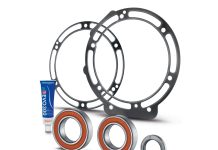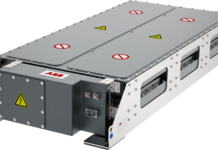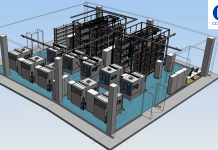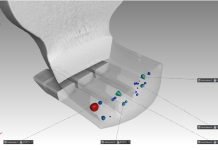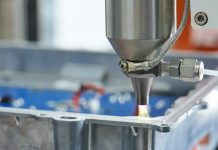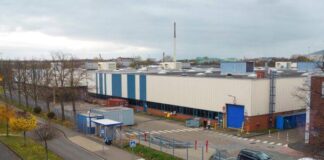Schaeffler tests innovations in electromobility in all environments. In temperatures ranging from -40 °C to +150 °C or in salt fog.
Schaeffler specializes in testing entire systems as well as components of their own products within the Schaeffler Group. These tests are functional, life cycle tests as well as simulations of external environmental influences concentrated in individual test sequences, which are technically and technologically demanding and can perfectly test our innovations for hybrid and pure electric cars. In most cases, Schaeffler engineers are testing innovations and prototypes that will go into series production in a few years’ time. Some of them will also be part of autonomous vehicles.
Sequential tests are a block of up to a hundred different tests, including mechanical, electrical and environmental tests. The test facility is equipped with state-of-the-art technology, measurement systems and stations that meet the most stringent safety requirements.
Thanks to special climate chambers, Schaeffler can create a simulation of the real environment for the test sample as if it were in a real vehicle, including extreme situations. Schaeffler can control the ambient temperature, but also the temperature of the oil or coolant. Schaeffler engineers also use universal climate chambers in their tests, as well as salt chambers that are equipped with inputs to control the sample via additional measuring technology, or shock chambers to test samples during temperature shocks. In the shock chamber we can induce a thermal shock from +220 °C to -80 °C in 20 seconds.
A total bandwidth of electrification options
Only by electrifying the powertrain mechanism can future fuel consumption and emission targets be fully achieved. That’s why Schaeffler offers products covering the total bandwidth of electrification options – from 48-volt hybridization through plug-in hybrid technologies to all-electric vehicle drives.


